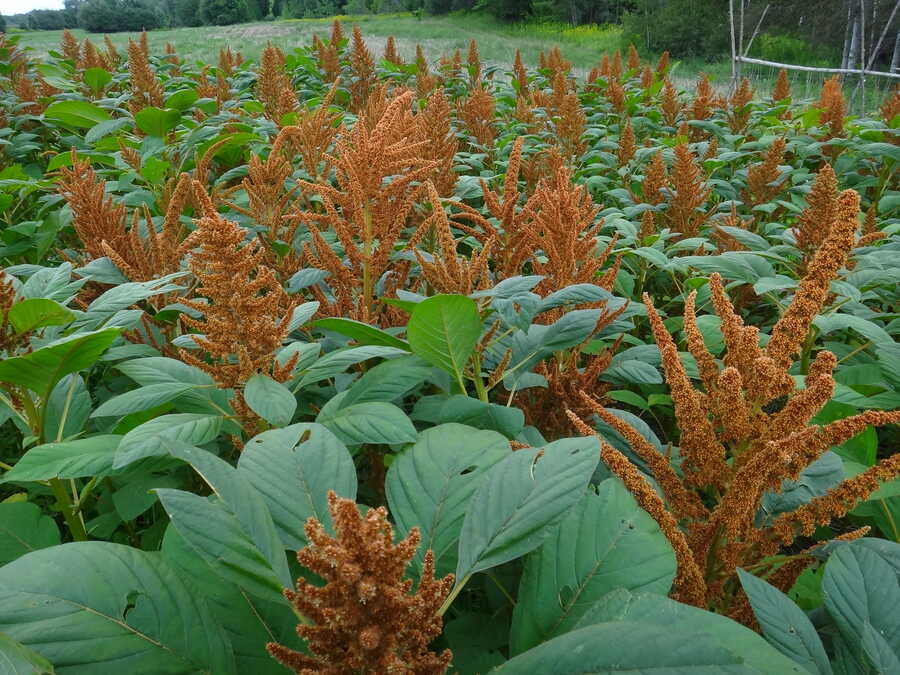Rye
$4.00
(Secale cereale)
Rye is an old grain, long grown in northern areas where it was hard to grow wheat. While wheat has been intensively bred, rye has been largely passed by for two main reasons: where the climate is favourable, wheat can have considerably higher yields, and also rye, because of the type of gluten present in it, tends to make a heavier bread than wheat. This history means that while there are few distinct varieties, it is probably much more like what people would have been growing several hundred years ago than many of our wheats.
Rye can grow quite tall, and has long heads with slightly greenish kernels. Like wheat, it “threshes clean;” that is, you just have to knock the grains off the plant, and there are no additional hulls to remove.
Note for the gluten-free: rye does contain gluten, but it is a different kind from wheat. Some people who have gluten sensitivities may be able to eat it, but others, especially those with celiac disease, will not.
300 seeds/packet.
Out of stock
Plant 1/2-2” deep, a few inches apart; preferably in rows 7-9” apart, but can also be broadcast and raked to cover. Plant rye in late September-early October, sometime around the first frost. Harvest when seed is at ‘hard dough’ stage, dentable by not easily crushed; make into sheaves and stook to cure until fully dry and hard. Thresh and winnow.
Rye is prone to ergot – a fungal infestation of the seed head. It decreases grain yield and produces a toxin. The spore bodies (sclerotia) look kind of like elongated black grains. If you see it, sort it out before eating the grain. Control techniques include cleaning seed of all sclerotia before planting or holding seed for a year between harvest and planting so that the spores have time to die, and rotating with non-vulnerable crops.
To use straw for weaving, harvest when topmost joint in stem is still a little green.




